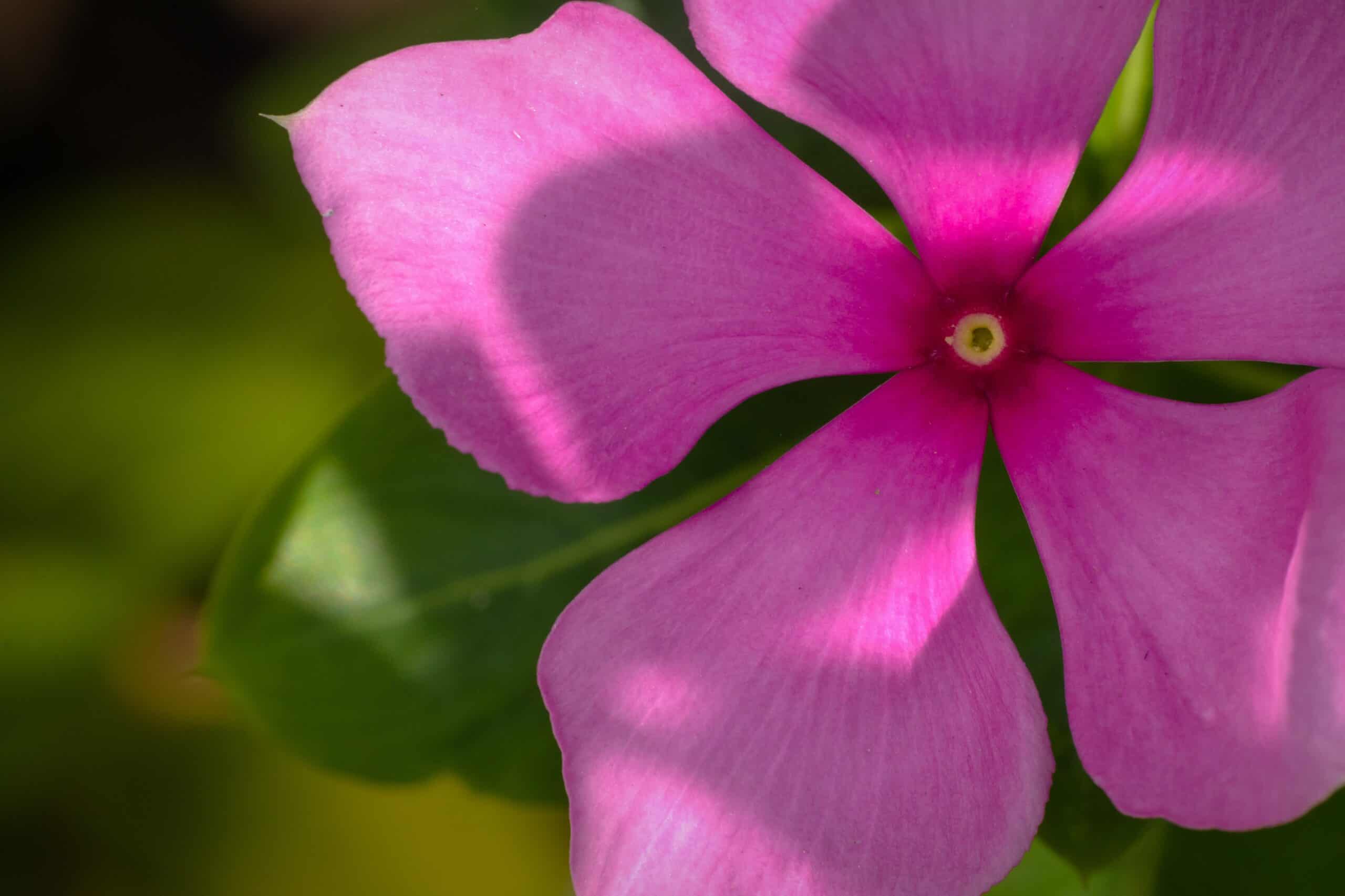Amaryllis belladonna, commonly known as the Belladonna Lily, is a bulbous perennial plant of the Amaryllidaceae family. It is native to the Mediterranean region and produces large clusters of trumpet-shaped baby pink flowers with a white and yellow throat. It is a popular garden flowering plant and is suitable for both indoor and outdoor potting.
Etymology
The genus name ‘Amaryllis’ is derived from the Greek words ‘amarysso’, meaning ‘to sparkle’, and ‘belladonna’ from Latin, meaning ‘beautiful lady’, owing to its bell-shaped flowers. Its alternate old common name ‘Naked Ladies’ refers to the fact that the flowers bloom before the leaves appear on the plant.
Meaning and Symbolism
The Belladonna Lily has a rich and varied history of meaning and symbolism. The color pink is often seen as a symbol of innocence, femininity, joy and love, which can be associated with this beautiful flowering plant. The flower has also been used as a symbol of resurrection and is also seen as representing ambition and success in many cultures.
History, Mythology, and Religious Significance
Belladonna Lilies have a long and varied history in many cultures, representing different meanings. In ancient Greece, it was believed that planting Amaryllis belladonna near the house would protect it from evil spirits. In Ancient Egypt, priests used the Belladonna Lily as part of the rituals associated with rebirth. In Jewish culture, it is seen as a symbol of divine protection, while in Christianity it is seen as a symbol of the resurrection of Christ. In modern culture, the flower is also often seen as a symbol of ambition, hope and success.
Flower Varieties and Defining Characteristics
Amaryllis belladonna is available in different varieties, each possessing unique characteristics. The most common type is a pink flower, with a white and yellow throat. This flower is also known for its curved anthers and sweet scent. Other varieties of this species include white, striped, yellow, and red forms. They are all similar in size and shape and generally grow up to three feet tall.
How to Plant Belladonna Lily
Amaryllis belladonna is relatively easy to cultivate and is suitable for both indoor and outdoor potting. It prefers full sun and well-drained soil with a neutral pH level. When planting, bulbs should be placed 6 inches (15 cm) apart and to a depth of 4 inches (10 cm). Keep the soil moist but not waterlogged and use a general-purpose fertilizer to promote growth.
How to Pot and Repot
Since the Belladonna Lily prefers well-draining soil, it is important to choose the right kind of potting mix. A combination of potting mix and perlite or sand will provide the ideal soil. Use a container that has enough drainage holes and provide ample room for the roots to spread. When repotting, ensure you are not disturbing the bulbs too much, as this can damage the roots.
How to Prune
Since the Belladonna Lily will flower for several years, it requires occasional pruning. To facilitate flowering, prune the roots during the winter and remove all dead leaves and flowers. You should also prune any yellow or floppy leaves that directly hamper growth. Pruning should be done with a pair of pruning shears, taking care not to damage the plant.
How to Propagate
The Belladonna Lily can be propagated in a variety of manners, as it has a very robust root system. You can use either bulb or offshoots for propagation. Bulbs should be planted directly in potting soil and water, while offshoots should be placed into damp soil and watered. To increase the likelihood of successful propagation, it is essential to ensure that the pots are kept warm, moist, and in indirect sunlight.
Common Pests and Diseases
Insects and diseases are common problems when it comes to Belladonna Lilies. The most common insects include aphids, slugs, and snails. To help prevent and treat these pest problems, it is important to ensure the plant is kept in a warm and well-drained environment, and to spray it with a diluted solution of insecticide. The most common diseases include root rot, crown rot and leaf spot, all of which can be prevented or treated with proper soil maintenance, adequate drainage and moisture, and application of a fungicide.
Frequently Asked Questions about Amaryllis belladonna
1. How much sun does a Belladonna Lily need?
Answer: Belladonna Lilies prefer full sun and adequate water, but can also tolerate partial shade.
2. What is the average size of a Belladonna Lily?
Answer: Belladonna Lilies typically grow up to three feet tall.
3. How can I encourage my Belladonna Lily to bloom?
Answer: To encourage blooms, make sure the plant receives enough sunlight and water. Fertilizing with a diluted liquid fertilizer during the growing months may also help to promote blooming.
Table Fact Sheet
| Plant | Belladonna Lily – Amaryllis belladonna |
| Family | Amaryllidaceae |
| Plant Type | Perennial |
| Mature Size | Up to 3 feet tall |
| Sun Exposure | Full sun to partial shade |
| Soil Type | Well-draining, neutral pH |
| Soil pH | 7.0-7.5 |
| Bloom Time | Late summer and fall |
| Flower Color | Pink, with a white and yellow throat |
| Hardiness Zones | 9-11 |
| Native Area | Mediterranean region |
What we love from Amazon this week
Buy these wonderful flowers directly from Amazon:















